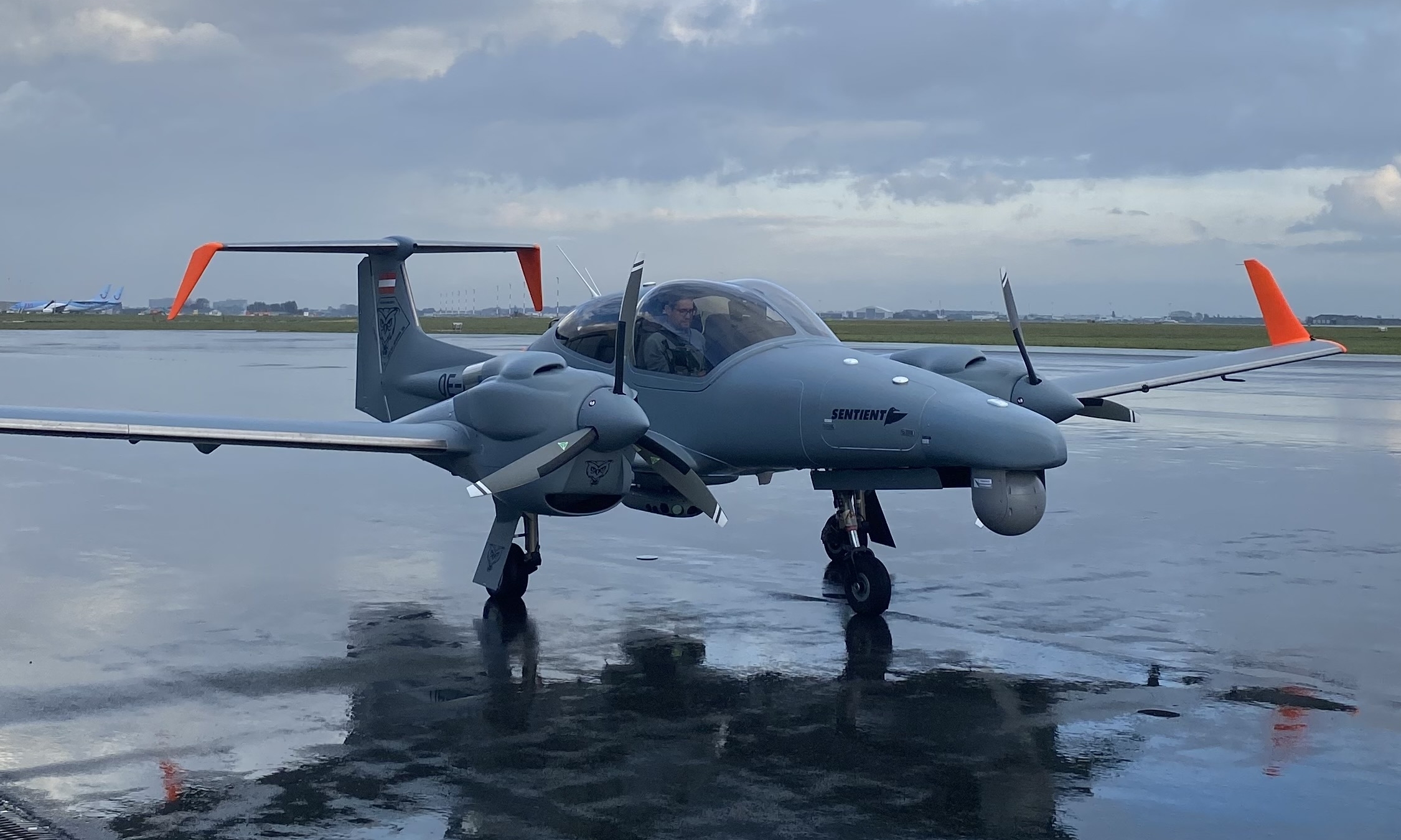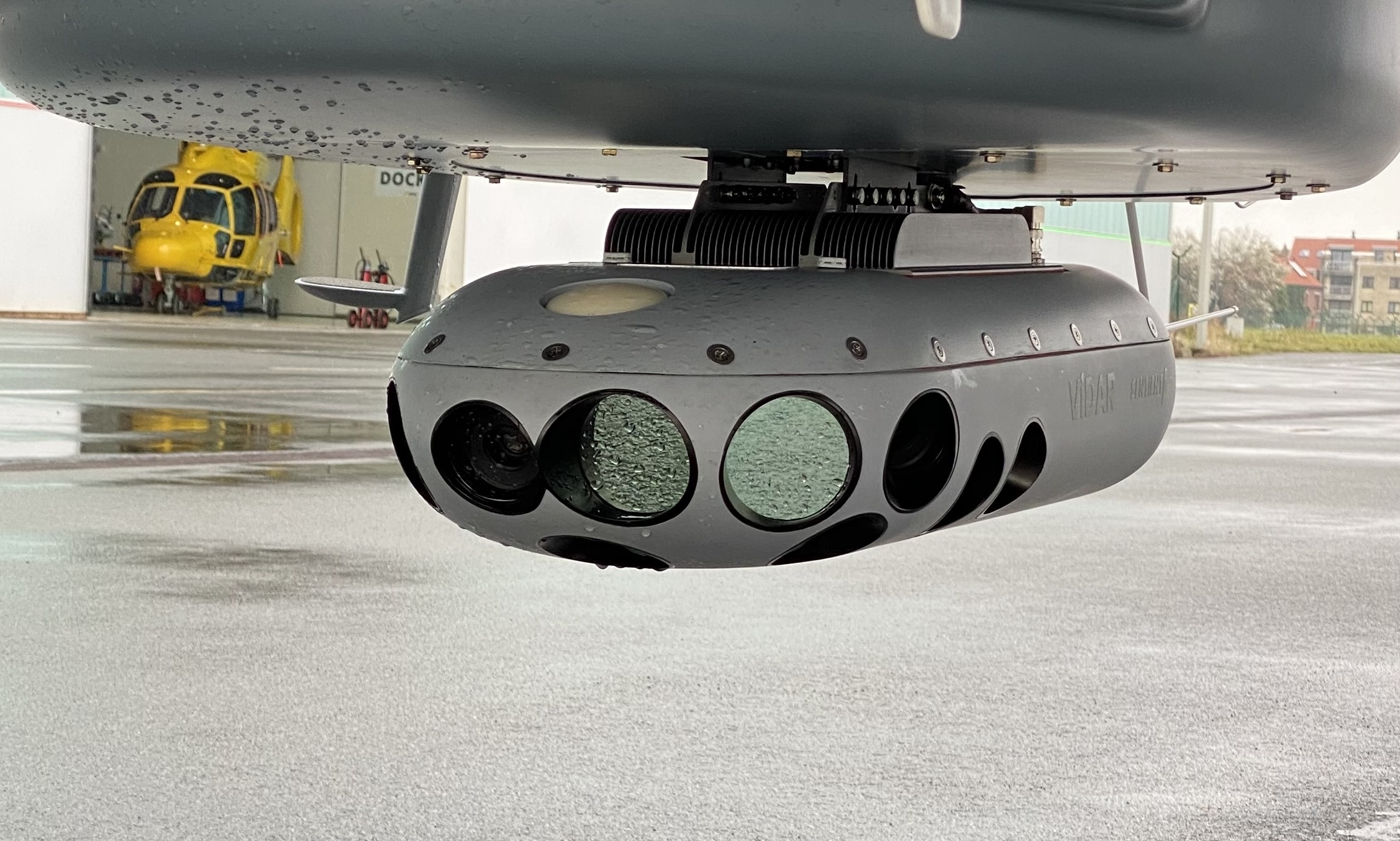The Australian government acknowledged this earlier in 2021 by naming Robotics, Autonomous Systems and Artificial Intelligence (RAS-AI) as one of four new Strategic Industrial Capability Priorities (SICP). However, AI is a bit like cyber security – it can’t be confined to a single technical domain, as it underpins almost every aspect of modern defence technology, writes Olaf Alm, senior business development manager at Sentient Vision Systems.
To continue reading the rest of this article, please log in.
Create free account to get unlimited news articles and more!
In many cases, it would be impossible to design, much less operate, precision guided munitions and hypersonic weapons, for example, or space systems and anything relating to information warfare and cyber security without AI – and these technology domains represent the three other SICPs named earlier this year.
Australia’s leadership in RAS-AI emerged from our offshore oil and gas, mining and resources sectors. AI enables RAS, which allows the remote operation and monitoring of ore trains and massive trucks on remote mine sites or oil and gas platforms in the Indian ocean. No other country does this so well. This technology leadership is one of the reasons why an Australian petroleum company, Woodside Energy, is part of the AROSE consortium – Australian Remote Operations for Space and Earth – aiming to lead remote operations in space.
In the defence and security sector, AI makes it possible to undertake Computational Fluid Dynamics as a critical part of the design process that delivers hypersonic missiles. It enables “swarming” of unmanned vehicles, both in the air and on land – for example, DefendTex’s Drone40 UAV which can be fired from a standard 40mm grenade launcher and has been exported to the British Army and used on live operations in Africa.
Most famously, AI is embedded in the BAE Systems Australia flight and mission control system for Boeing’s Australian-developed “Loyal Wingman” Airpower Teaming System. It allows multiple autonomous UAVs to fly safely and cooperate with each other, including with manned combat aircraft. BAE Systems Australia has also harnessed AI in developing the optionally manned, autonomous M113 armoured personnel carrier, delivering a fleet of 20 such vehicles to the Army for trials of autonomous unmanned ground vehicles.
All of the examples mentioned were developed and, in some cases, pioneered right here in Australia.
But AI doesn’t suddenly appear. It takes years of determined effort to build real mastery of AI in a specific domain. Sentient Vision Systems’ ViDAR (for Visual Detection and Ranging) illustrates this.
Founder Dr Paul Boxer first explored AI and its application to computer vision when studying for his doctorate in 1999; today, ViDAR makes it possible to scan every frame in the imagery feed of an EO/IR sensor to detect targets that would be invisible to a human operator and impossible for a conventional Radio Frequency (RF) radar to detect. These could be a survivor in the water with only their head visible, or a fast, stealthy terrorist attack craft, or a criminal smuggling narcotics or illegal immigrants.
What matters are two things: first, a greater than 90 per cent probability of detecting the target in all but the very worst of sea and weather conditions, by day and by night. And second, the ability to conduct surveillance or targeted searches at much lower cost – an aircraft or UAV equipped with ViDAR can cover a specific search area up to 300 times greater than one without, while simultaneously increasing by an order of magnitude the chances of survival of somebody lost at sea. A faster search and a very high probability of detection add significant savings in flying hours, maintenance and crew training.
Importantly, AI can save lives. In January 2021, an Australian Maritime Safety Authority Bombardier CL604 fitted with ViDAR detected a yachtsman, Nigel Fox, who had been washed overboard during a storm in the Arafura Sea. Just last month, a Diamond DA42 equipped with Sentient’s new VMS-5 (ViDAR) pod on a customer demonstration flight found a rubber life raft containing 24 migrants that had been adrift and missing for 48 hours in the North Sea – the search took less than 20 minutes. Good news stories such as these showcase the benefits of AI to humanity.


A VMS-5 pod onboard a DA42.
You don’t need to be a big company to achieve this, but you do need to be smart and dedicated; it can take more than a decade to achieve mastery in an AI-driven domain. And Sentient Vision does this well, using combined AI, colloquially known as Sentient AI, utilising the best of deep learning, computer vision and moving object detection. Like every successful AI company, success is based on the continuous investment in R&D and innovation and the ability to keep advancing the leading edge of the science.
A similar company is Melbourne-based AOS Pty Limited whose JACK intelligent agent was developed by founder Andrew Lucas in 1997. Northrop Grumman is now using it to automate the regional surveillance and response proposal it is developing for Project AIR6500 and delivering the lowest possible false alarm rate. It monitors continuously hundreds of targets and spots immediately anomalies that would be invisible or would take hours to detect.
AOS is also developing the Kelpie offroader, which uses LIDAR sensors to detect obstacles. Its AI determines whether these are rocks or bushes, or even cattle. It also helps identify fences, and then drives safely across country to a predetermined spot to deliver things like extra fence posts, a hot lunch or urgent spare parts. Its battlefield and logistics applications are apparent.
Leadership in AI demands a long-term commitment to R&D by both industry and the universities, and the best results come from close collaboration between them. We’re lucky in this country to have a number of world-leading AI and computer vision research centres at universities such as Monash in Melbourne, Queensland University of Technology in Brisbane, the Australian National University and the University of Adelaide. Sentient Vision Systems collaborates closely with university researchers such as Dr Mehrtash Harandi at Monash University’s department of electrical and computer systems engineering whose research focus is on the things that they specialise in – machine learning, computer vision and signal processing.
A contributing researcher also at CSIRO’s Data61, Dr Harandi is working on the next generation of AI across fields as diverse as biomedical engineering and robotics, not just search and rescue. For example, he’s researching image classifiers that enable computers to learn more like humans and avoid the “catastrophic forgetting” that can happen to some AI systems when fed with new information. He wants AI systems to preserve knowledge while gaining new knowledge. This is an essential step towards making AI-enabled systems more adaptive and resilient when facing unique and challenging situations such as in the SAR domain.
Another area of his research is “explainability” – defining images and objects so that an intelligent system can describe and explain these using its growing store of knowledge and language – this is very important for analytical and reporting purposes and transparency in AI operations. The algorithms and mathematical models that Dr Harandi develops are part of Australia’s competitive advantage and help keep us up at the leading edge in this area.
Australia may be smaller than the UK or USA, but we’re not a junior partner when it comes to AI. We’re world-class and, in some cases, world best. Some of the technologies that our allies are so proud of aren’t as advanced as ours. When governments are making deals, it’s important that both our leaders and our partners overseas understand our strengths and what underpins them. Australia’s AI champions can make a real impact on shared challenges if we’re allowed to build the right relationships and play as equals – and even lead on occasion.
Olaf Alm is the senior business development manager at Sentient Vision Systems

 Login
Login







